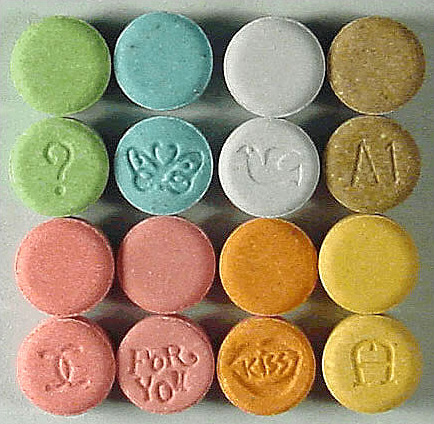Bringing the ’60s Back: Hallucinogens in Medicine
Sex, drugs, rock-and-roll, and the development of a growing counterculture were trademarks of the 1960s along with the race to enhance technology and scientific discovery. The bubbling miasma of sociopolitical upheaval and scientific developments generated the perfect scenario to create what is thought to be one of the most dangerous drugs of our time: Lysergic Acid Diethylamide (LSD).
LSD was discovered in 1963 by Swiss scientist Albert Hoffman and was one of the many Schedule I hallucinogenic drugs created along with psilocybin (mushrooms) and 3,4-methylenedioxy-methamphetamine (MDMA/Ecstasy). According to the Drug Enforcement Administration (DEA), Schedule I status means that these drugs “…have a high potential for abuse, no current accepted medical use in treatment in the United States, and a lack of accepted safety for use under medical supervision.”
However, a current study by Kenneth W. Tupper, Evan Wood, Richard Yensen, and Mathew Johnson is starting to make scientists rethink the use of LSD and psilocybin as treatment for mental illnesses such as depression, addiction, terminal illness related anxiety, and Post Traumatic Stress Disorder (PTSD). Carolyn Gregoire, a senior writer for the Huffington Post, interviewed John’s Hopkins University behavioral pharmacologist Mathew Johnson to comment on the study.
Johnson stated that the reason this experiment is important is that, “The exciting thing isn’t just that these drugs work for something that we already have treatment for. It’s that they’re getting big effects on disorders that we have very poor treatment for.” The study found that in some cases short courses to one session of therapy were needed to help patients with mental illness versus current drug therapy treatments that could last years.
Another fact that the researchers found was that it was not necessarily the drug making patients feel better. Instead, Gregoire reports that it is the “trip” that people experience as the hallucinogenic psychotropic effects take place to which Johnson says, “So much of the data suggests that it’s the nature of the subjective experience that one has while under the effects of the substances that determines the long-term benefits—it’s not just taking the substance.”
This makes sense as mental illness is caused by many different traumas that might not be manageable just by hormone management, what current medicine targets, alone. It was found that the effects of LSD allow patients to look at a past situation from a different perspective than before the drug administration in order to come to terms with the cause of their illness.
However, there are concerns using any drug which include short term and long term side effects. Gregoire asked Johnson if there is a danger of “bad trips” where there is an increase in fear and anxiety. Johnson states that since the administration of LSD was given in a safe, controlled, and relaxing environment “bad trips” were rare, but if they did happen researchers “…really encouraged the patients in our studies to consider these [as] challenging effects that they can really learn from as they integrate these difficult psychological experiences.”
With this study scientists are picking up where their predecessors left off in the 60’s concerning hallucinogens and medical treatment. The brain and the nervous system make up a complex entity. The use of hallucinogenic drugs is not meant for long term therapies, but for short sessions. Like any drug, they are used to assist patients in their recovery, not as a substitute for the mental force to overcome the outlying problems that are causing their illness.

